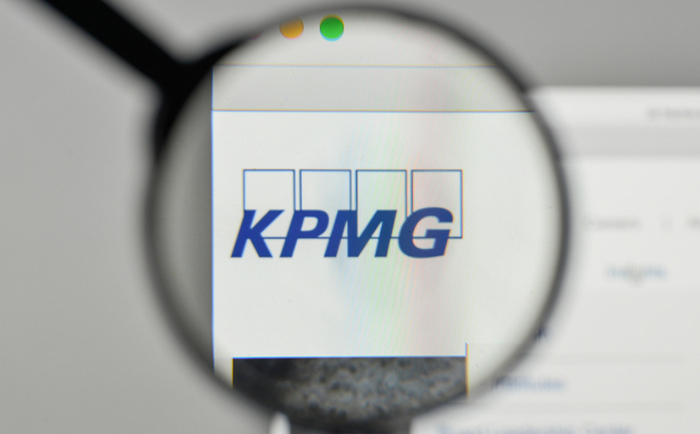Research from international head hunting firm, Odgers Berndtson, reveals that only 15% of executives believe their leadership will succeed during times of disruption. This is particularly relevant in the current environment, where 88% of senior managers expect even wider and more severe disruption over the coming five years.
Most leaders have every right to be concerned about a growing focus that concentrates unduly on the CEO. It is leadership itself that should be the central focus, not the leader, and our ongoing research has identified that boards which collectively fail to understand and disregard an overt focus on the CEO, instead of harnessing “positive tension”, are the most likely to find themselves in the midst of a crisis.
The make-up of boards has much to do with this. They are largely composed of experienced and accomplished individuals possessing strong personalities and perspectives on how the organisation should be governed.
The issue of how boards maintain their functionality in a crisis is addressed by focusing on two crucial areas: firstly, the need to establish and foster positive tension between individuals, and secondly by defusing destructive conflict before it emerges.
Despite this, high-profile cases of board clashes and meltdown remain all too common.
Latent board conflict simmers over clashes of opinion on organisational purpose, competitive advantage and strategic direction. Many of these subjects are unvoiced because of a fear of making circumstances worse or even encouraging retaliation.
Such submerged tensions slowly erode relationships, upset alignments and can cause inertia and paralysis. So is your board dysfunctional? To find out, it is important to explore how well disagreements are handled, and whether board tensions are fully surfaced and discussed.
What is positive tension?
While tension is seen as a positive and necessary force for any effective board, conflict is alternatively disruptive and detrimental. As one of our board interviewees explained: ‘Conflict is undesirable. Conflict means outright hostility, but tension is good.’
Positive tension is both a result and a mindset. Damaging differences between leaders can be turned into positive outcomes through the implementation of six critical disciplines (see below).
Resolving tension
The chair is ideally positioned to resolve much of the tension in a boardroom. They have the mandate to intervene and harmonise board relationships, particularly if the company secretary and senior board members are willing and able to act in unison.
Consider the following practices to ensure board tension is healthy:
- Acknowledge and record disagreements Recognising other board members’ concerns is important. This does not necessarily mean agreeing with them, but recognising differences encourages others to voice their views. Listening to and respecting different opinions is important in handling tension and conflict productively. This can include recording a point in meetings to avoid it being repeatedly raised, a factor which can trigger disengagement or drive an escalation of tension.
- Discuss issues on a one-to-one basis These are often moments of truth and reconciliation where board members can unload their concerns and opposing views on a one-to-one basis. This may require a pause in the board meeting for members to discuss problematic issues separately before reconvening. The focus should be on achieving clarity by “peeling the onion”.
- Remind members of their higher purpose It is not uncommon for things to get personal as board members adopt rigid and defensive positions. Reminding individuals of their higher purpose and the values at stake can help depersonalise tension and re-focus discussion on finding solutions that are aligned with the organisation’s purpose. Of course this approach works most effectively when this purpose is shared from the outset.
- Consider seating arrangements Small things matter and seating board members who may have opposing views next to, rather than opposite, each other can prove to be a useful tactic. Some chairs and company secretaries face each other so they can read the other’s body language and act accordingly.
- Develop relationships outside of the boardroom Trustees should have opportunities to get to know each other outside the boardroom and develop their understanding of each other’s style, background and concerns. This also allows for what might be just vague impressions to coalesce into collective concerns between trustees, offering the chance to develop better approaches to finding a solution.
- Raise issues beyond the boardroom Maintaining the principle of “no surprises” in the boardroom is important. If a trustee wants to raise a specific concern they should inform their chair in advance. Building a board that is comfortable with and can manage tension is certainly to the benefit of the organisations. However, this takes time to develop and requires a consistent and purposeful chair to create and establish a healthy culture.
Boards are renowned for having the potential to become hotspots of conflict and tension, while failures of effective leadership and management can result in dire consequences for all stakeholders. Make sure you identify and manage board tension in order to maintain functionality when a crisis hits.
Andrew Kakabadse is professor of governance and leadership at Henley Business School.





